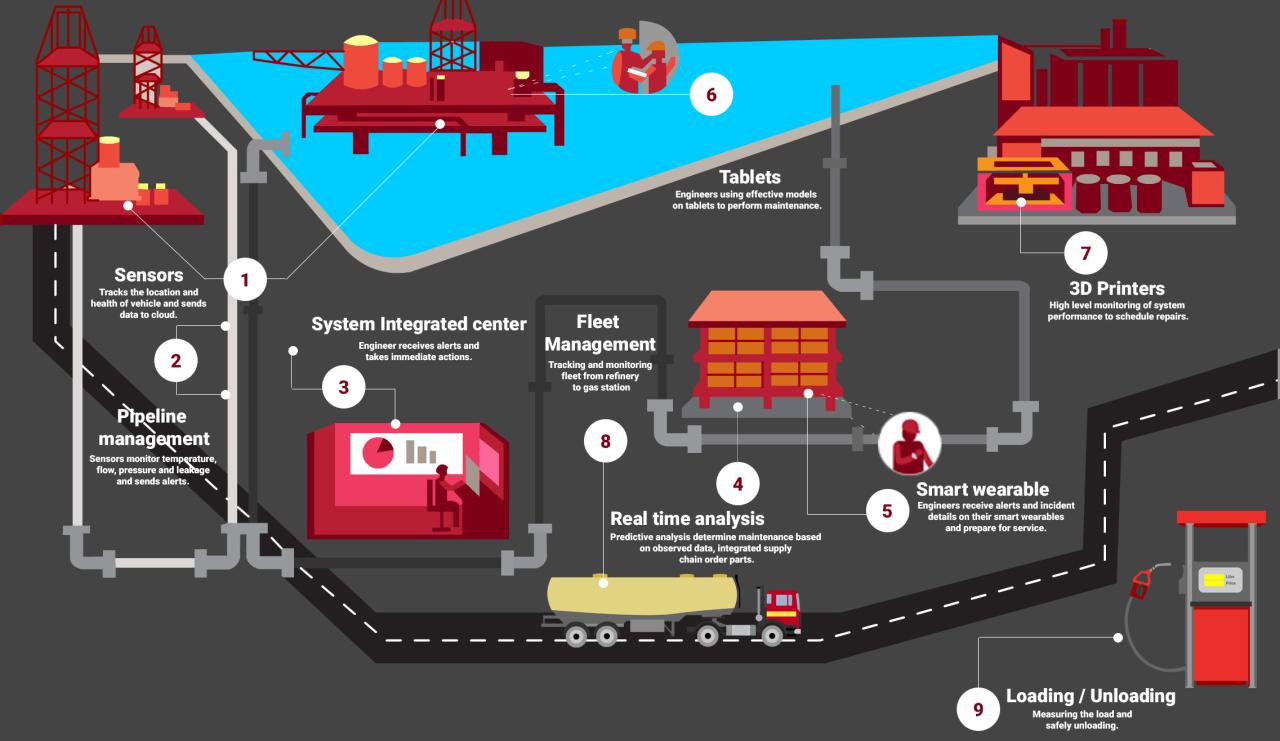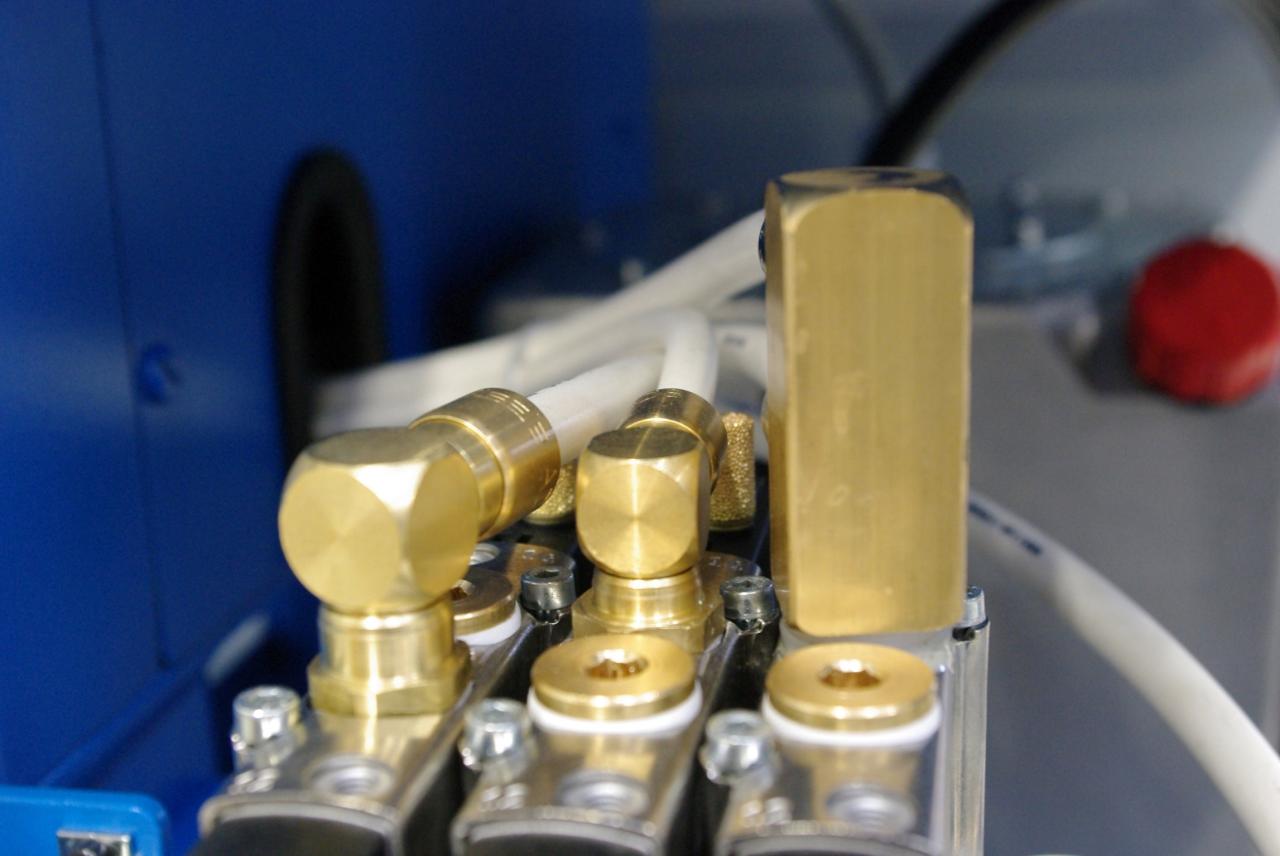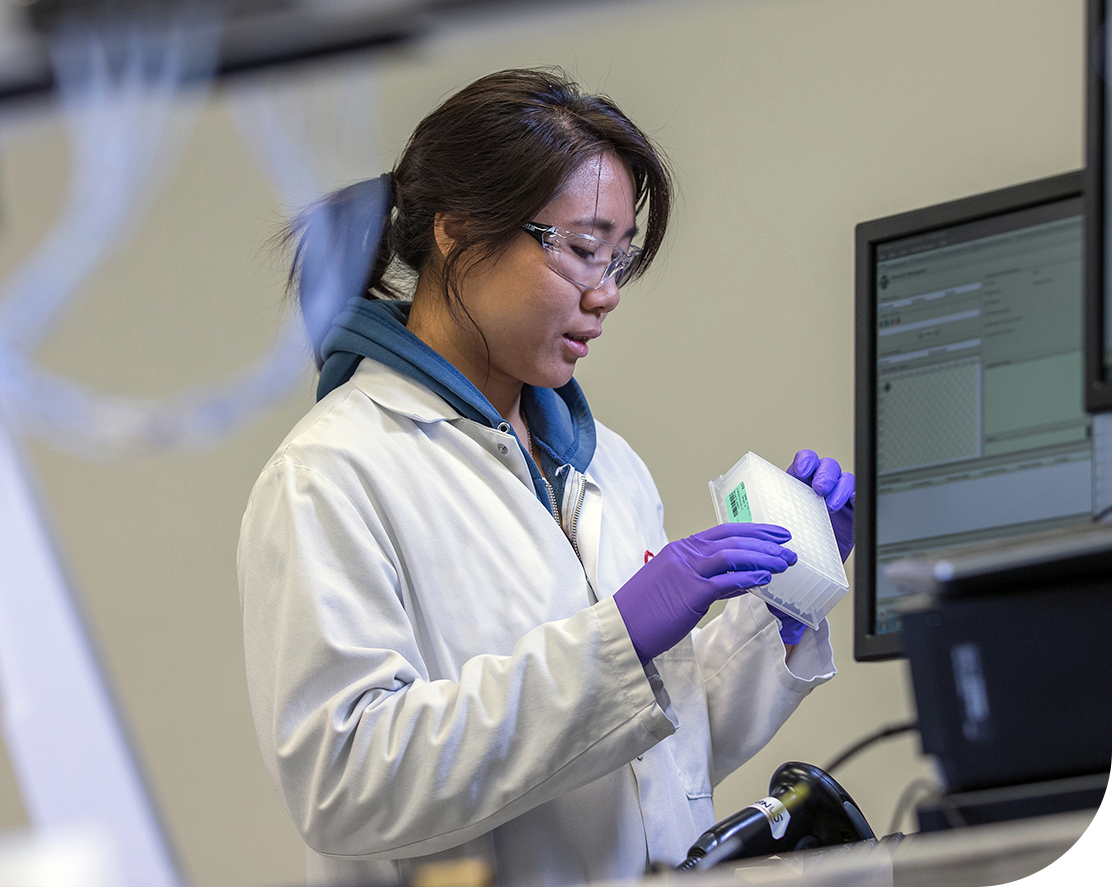Gas & Oil Technology: Powering the Future
Gas & oil technology plays a vital role in our modern world, providing the energy that fuels our homes, businesses, and transportation systems. From the depths of the earth to […]
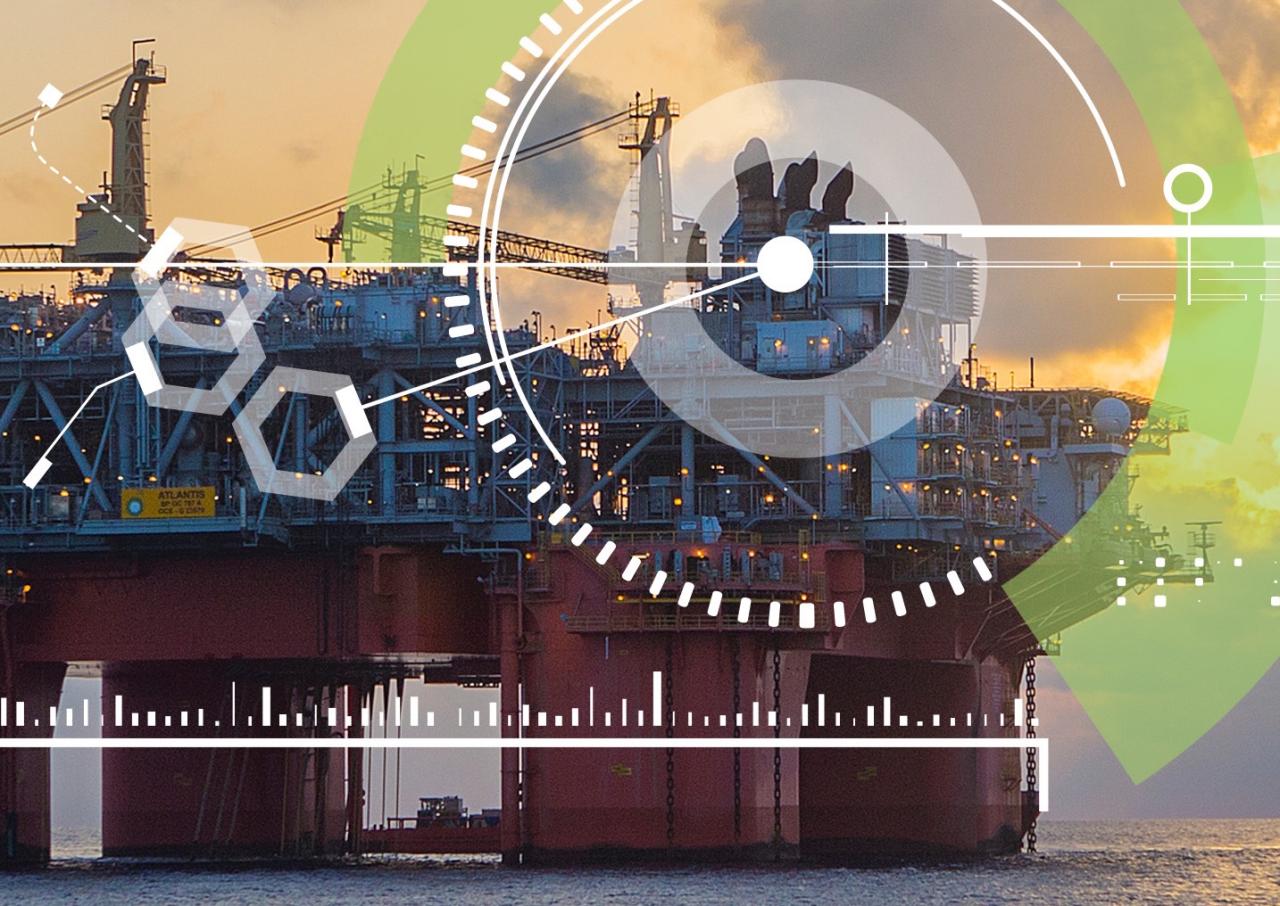
Gas & oil technology plays a vital role in our modern world, providing the energy that fuels our homes, businesses, and transportation systems. From the depths of the earth to the pipelines that crisscross the globe, this industry has a profound impact on our lives.
This exploration delves into the intricacies of gas and oil technology, examining the various stages of its lifecycle, from exploration and extraction to transportation and distribution. We will also explore the environmental challenges and sustainability considerations associated with this industry, as well as the emerging technologies shaping its future.
Exploration and Extraction
The quest for oil and gas has driven innovation and technological advancements throughout history. From the early days of hand-dug wells to the sophisticated techniques employed today, the industry has continuously evolved to meet the growing demand for energy. Exploration and extraction play a crucial role in the oil and gas sector, and their development has been shaped by a constant pursuit of efficiency, effectiveness, and environmental responsibility.
Evolution of Exploration Techniques
Oil and gas exploration techniques have undergone a remarkable transformation over time. Early exploration relied heavily on surface observations, such as geological formations and the presence of oil seeps. However, the discovery of new technologies, particularly seismic imaging, revolutionized the way we search for hydrocarbons.
Seismic imaging utilizes sound waves to create detailed images of subsurface rock formations. These images provide valuable insights into the structure and composition of the Earth’s crust, helping geologists identify potential oil and gas reservoirs. The evolution of seismic imaging has been marked by advancements in data acquisition, processing, and interpretation.
- Early seismic methods, such as reflection seismology, involved sending sound waves into the ground and recording the reflected signals. These methods provided basic information about the subsurface but were limited in their resolution and accuracy.
- The introduction of 3D seismic imaging in the 1980s significantly improved the quality and detail of seismic data. This technology allowed for the creation of three-dimensional representations of subsurface structures, enabling geologists to identify complex geological features and potential hydrocarbon traps.
- Recent advancements in seismic imaging have focused on improving data acquisition and processing techniques. These include the use of high-density seismic surveys, advanced processing algorithms, and sophisticated data visualization tools. These innovations have resulted in higher-resolution images, providing a more accurate understanding of the subsurface and improving the success rate of exploration efforts.
Advancements in Seismic Imaging and Data Analysis
The continuous improvement of seismic imaging and data analysis techniques has been a key driver of exploration success. Advancements in these areas have enabled geologists to identify subtle geological features and potential hydrocarbon traps that were previously undetectable.
- High-resolution seismic imaging allows for the identification of smaller and more complex geological features, improving the accuracy of exploration efforts. This is particularly important in areas where conventional seismic methods may not be able to provide sufficient detail.
- Advanced data processing algorithms have enhanced the ability to extract meaningful information from seismic data. These algorithms can remove noise, enhance signals, and create more accurate representations of the subsurface.
- Machine learning and artificial intelligence are being increasingly used in seismic data analysis. These technologies can help identify patterns and anomalies in seismic data, providing insights that may not be apparent to human analysts. Machine learning can also be used to optimize seismic data acquisition and processing, leading to more efficient and cost-effective exploration efforts.
Conventional and Unconventional Oil and Gas Extraction Methods
The extraction of oil and gas involves different methods depending on the type of reservoir and its geological characteristics. Conventional extraction methods are typically used for reservoirs that are easily accessible and contain hydrocarbons in a readily extractable form. Unconventional extraction methods, on the other hand, are employed for reservoirs that are more challenging to access and require specialized techniques.
- Conventional extraction methods typically involve drilling vertical wells into the reservoir and pumping the oil or gas to the surface. These methods are relatively straightforward and have been used for decades.
- Unconventional extraction methods involve more complex techniques, such as hydraulic fracturing (fracking) and horizontal drilling. These methods are used to access hydrocarbons in tight rock formations, shale, or other unconventional reservoirs.
Environmental Challenges of Oil and Gas Exploration and Extraction
Oil and gas exploration and extraction activities can have significant environmental impacts, including:
- Habitat destruction: Exploration and extraction activities can disturb or destroy natural habitats, affecting wildlife and ecosystems.
- Water pollution: The use of chemicals and the potential for spills can contaminate water sources, posing risks to human health and aquatic life.
- Air pollution: Emissions from oil and gas production facilities can contribute to air pollution, impacting air quality and human health.
- Climate change: The burning of fossil fuels releases greenhouse gases into the atmosphere, contributing to climate change.
Hypothetical Scenario for a New Oil and Gas Exploration Project
Imagine a new oil and gas exploration project in a remote area with a promising geological formation. The project would involve the following key steps and considerations:
- Initial exploration: The first step would involve conducting geological surveys and seismic imaging to identify potential hydrocarbon traps. This would require a team of experienced geologists, geophysicists, and engineers.
- Environmental impact assessment: Before any drilling activities can begin, a comprehensive environmental impact assessment must be conducted. This assessment would identify potential environmental risks and develop mitigation strategies to minimize the project’s impact.
- Drilling and production: If the exploration phase is successful, drilling activities would begin to access the reservoir. The drilling process would require specialized equipment and expertise, and the production phase would involve the extraction and processing of oil or gas.
- Monitoring and remediation: Throughout the project’s lifecycle, continuous monitoring of environmental impacts would be essential. This would involve tracking air and water quality, monitoring wildlife populations, and implementing remediation measures if necessary.
- Sustainable practices: The project would aim to incorporate sustainable practices to minimize environmental impacts. This could include using cleaner technologies, reducing waste, and investing in renewable energy sources.
Production and Processing
Once oil and gas have been extracted, they undergo a series of processes to transform them into usable products. This stage involves separating, purifying, and converting raw hydrocarbons into refined fuels, chemicals, and other valuable products.
Production Stages
Oil and gas production begins after exploration and extraction, with well completion being the first crucial step.
- Well Completion: This involves preparing the well for production. It includes installing tubing, valves, and other equipment to control the flow of oil and gas.
- Production: The oil and gas are extracted from the well and transported to processing facilities. This stage involves various technologies like artificial lift systems, which help maintain production pressure, and flowlines, which transport the extracted hydrocarbons.
- Processing: The raw oil and gas are separated, purified, and converted into usable products. This stage involves a complex series of processes, including separation, purification, and conversion.
- Transportation: The processed oil and gas are transported to refineries, storage facilities, or distribution networks via pipelines, tankers, or other means.
- Refining: The oil is further processed into gasoline, diesel, kerosene, and other refined products.
Oil and Gas Processing Technologies
Oil and gas processing involves various technologies to separate, purify, and convert raw hydrocarbons. These technologies include:
- Separation: This process removes water, sand, and other impurities from the extracted oil and gas. It is achieved through various methods, including gravity separation, filtration, and chemical treatment.
- Purification: This process removes unwanted components like sulfur and other contaminants from the oil and gas. Common purification methods include distillation, absorption, and adsorption.
- Conversion: This process alters the molecular structure of hydrocarbons to produce different products. This involves processes like cracking, reforming, and alkylation, which break down large molecules into smaller ones or rearrange their structure to create desired products.
Automation and Robotics in Oil and Gas Production
Automation and robotics play a crucial role in modern oil and gas production facilities. These technologies improve efficiency, safety, and environmental performance by:
- Increased Efficiency: Automation enables continuous operations and reduces manual labor requirements, leading to increased production rates and reduced downtime.
- Enhanced Safety: Robots and automated systems can perform hazardous tasks, reducing the risk of accidents and injuries to workers.
- Environmental Protection: Automated systems can monitor and control emissions, optimize energy consumption, and minimize environmental impact.
Onshore vs. Offshore Oil and Gas Production
| Feature | Onshore | Offshore |
|---|---|---|
| Location | Land-based | Water-based |
| Environmental Impact | Potentially lower environmental impact | Higher potential for environmental impact |
| Infrastructure Costs | Generally lower | Significantly higher due to complex platforms and transportation systems |
| Production Costs | Generally lower | Higher due to challenging operating conditions and transportation costs |
| Extraction Methods | Conventional drilling and hydraulic fracturing | Subsea drilling and production systems |
Technological Advancements in Oil and Gas Production
Technological advancements have significantly improved the efficiency and safety of oil and gas production. These advancements include:
- Horizontal Drilling and Hydraulic Fracturing: These techniques have unlocked vast reserves of previously inaccessible oil and gas resources.
- Subsea Production Systems: These systems enable the extraction and processing of oil and gas in deepwater environments.
- Advanced Sensors and Data Analytics: Real-time monitoring and data analysis help optimize production, predict equipment failures, and enhance safety.
- Artificial Intelligence (AI): AI is being used to optimize production processes, improve safety, and enhance efficiency.
Transportation and Distribution: Gas & Oil Technology

The transportation and distribution of oil and gas are crucial links in the energy supply chain, connecting producers with consumers across vast distances. Efficient and reliable transportation systems are essential for ensuring a consistent supply of these vital resources.
Methods of Transporting Oil and Gas
The transportation of oil and gas involves a variety of methods, each with its advantages and disadvantages.
- Pipelines: Pipelines are the most common and efficient method for transporting large volumes of oil and gas over long distances. They are durable, reliable, and cost-effective. Pipelines are typically constructed from steel and are buried underground or laid on the seabed. They can be designed to transport crude oil, refined products, natural gas, and other energy resources.
- Tankers: Tankers are specialized ships designed to transport large volumes of oil and gas. They are commonly used for international trade, transporting crude oil from producing countries to refineries in other regions. Tankers can be categorized based on their size and type, including very large crude carriers (VLCCs), Suezmax tankers, and Aframax tankers.
- Railcars: Railcars are used to transport oil and gas over shorter distances, often from production sites to refineries or storage terminals. They are particularly useful in regions with limited pipeline infrastructure.
Challenges and Solutions in Oil and Gas Transportation
The transportation of oil and gas across vast distances presents a number of challenges, including:
- Security and Safety: The transportation of oil and gas is a sensitive issue due to the potential for spills, accidents, and sabotage. Robust security measures are necessary to protect pipelines, tankers, and railcars from threats.
- Environmental Impact: Oil and gas transportation can have a significant environmental impact, including spills, air pollution, and habitat disruption.
- Infrastructure Development: The development of new pipelines and other transportation infrastructure can be expensive and time-consuming. It often requires navigating complex regulatory processes and obtaining permits from multiple jurisdictions.
- Climate Change: The transportation of oil and gas contributes to greenhouse gas emissions, which are a major driver of climate change.
Solutions to these challenges include:
- Investing in Advanced Technologies: Technologies such as remote monitoring, leak detection, and spill response systems are being used to enhance safety and environmental protection.
- Promoting Sustainability: Efforts are being made to reduce the environmental impact of oil and gas transportation, such as using cleaner fuels and adopting more sustainable practices.
- Developing Alternative Transportation Modes: Exploration of alternative transportation modes, such as rail and water transport, are being explored to reduce reliance on pipelines.
Technologies Used in Oil and Gas Distribution Networks
Oil and gas distribution networks rely on a variety of technologies to ensure the efficient and reliable delivery of these resources to consumers. These technologies include:
- Pipeline Control Systems: These systems use sensors, actuators, and communication networks to monitor and control the flow of oil and gas through pipelines.
- Metering and Measurement Systems: Accurate metering and measurement systems are essential for tracking the volume of oil and gas that is transported and delivered.
- Leak Detection Systems: Leak detection systems are used to identify and respond to leaks in pipelines, preventing environmental damage and ensuring safety.
- Pressure Management Systems: Pressure management systems are used to maintain the appropriate pressure in pipelines, ensuring the efficient and safe flow of oil and gas.
- Geographic Information Systems (GIS): GIS technology is used to map and manage oil and gas infrastructure, providing valuable information for planning and operations.
Visual Representation of an Oil and Gas Transportation and Distribution System
Imagine a complex network of pipelines, tankers, and railcars spanning across continents, connecting oil and gas production sites to refineries, storage terminals, and ultimately, to consumers.
- Production: Oil and gas are extracted from wells in various locations around the world.
- Gathering System: Pipelines collect oil and gas from multiple wells and transport them to a central processing facility.
- Processing: Oil and gas undergo various processing steps, such as separation, purification, and refining.
- Transportation: Pipelines, tankers, and railcars are used to transport oil and gas from processing facilities to storage terminals, refineries, and distribution points.
- Distribution: Pipelines and other distribution systems deliver oil and gas to consumers, including homes, businesses, and industries.
Impact of Global Energy Markets on Oil and Gas Transportation and Distribution
The global energy market plays a significant role in shaping the transportation and distribution of oil and gas.
- Supply and Demand: Fluctuations in supply and demand can affect the price of oil and gas, influencing transportation patterns and infrastructure investments.
- Geopolitical Factors: Political instability and conflicts in oil-producing regions can disrupt supply chains and lead to price volatility.
- Technological Advancements: The development of new technologies, such as shale gas extraction and renewable energy sources, can influence the demand for oil and gas and impact transportation and distribution systems.
Environmental Impact and Sustainability
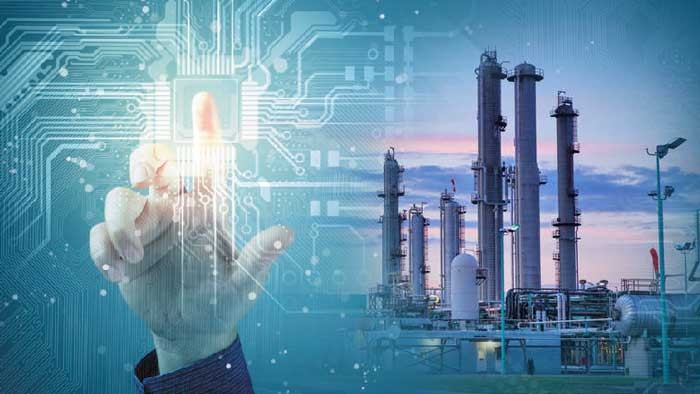
The oil and gas industry has a significant impact on the environment, and sustainability is a critical concern for this sector. The industry’s operations, from exploration to extraction, production, transportation, and consumption, contribute to various environmental issues. This section explores the environmental impact of the oil and gas industry, discusses mitigation strategies, and examines the role of renewable energy sources.
Environmental Impacts of Oil and Gas Operations
The oil and gas industry’s environmental impacts are multifaceted and include:
- Greenhouse Gas Emissions: Burning fossil fuels releases greenhouse gases (GHGs) like carbon dioxide (CO2), methane (CH4), and nitrous oxide (N2O) into the atmosphere. These gases trap heat, contributing to global warming and climate change. According to the International Energy Agency (IEA), the oil and gas sector accounted for approximately 25% of global greenhouse gas emissions in 2020.
- Air Pollution: Oil and gas operations can release various air pollutants, including sulfur dioxide (SO2), nitrogen oxides (NOx), particulate matter (PM), and volatile organic compounds (VOCs). These pollutants contribute to respiratory problems, smog, acid rain, and other environmental issues. For example, flaring, a common practice in oil and gas production, releases significant amounts of black carbon and other pollutants into the atmosphere.
- Water Pollution: Oil and gas operations can contaminate water sources through spills, leaks, and runoff. Oil and gas drilling can also release toxic chemicals into groundwater, posing risks to human health and ecosystems. For instance, the Deepwater Horizon oil spill in 2010 released millions of barrels of oil into the Gulf of Mexico, causing significant environmental damage.
- Land Degradation: Oil and gas exploration and production activities can cause habitat loss, soil erosion, and other forms of land degradation. For example, pipelines and well pads can fragment habitats and disrupt wildlife migration patterns.
- Biodiversity Loss: The environmental impacts of oil and gas operations can contribute to biodiversity loss. Habitat destruction, pollution, and noise pollution can disrupt ecosystems and threaten species. For instance, oil and gas development in the Arctic threatens polar bears and other Arctic wildlife.
Carbon Capture and Storage Technologies
Carbon capture and storage (CCS) technologies aim to mitigate greenhouse gas emissions from the oil and gas industry by capturing CO2 from industrial processes and storing it underground.
- Capture: CCS technologies capture CO2 from industrial flue gases using various methods, including amine scrubbing, membrane separation, and cryogenic separation.
- Transport: Captured CO2 is transported via pipelines or ships to storage sites.
- Storage: CO2 is stored underground in geological formations, such as depleted oil and gas reservoirs or saline aquifers.
Renewable Energy Sources
Renewable energy sources, such as solar, wind, hydro, geothermal, and biomass, offer a sustainable alternative to fossil fuels.
- Solar Energy: Solar energy harnesses the sun’s energy to generate electricity using photovoltaic cells or solar thermal technology.
- Wind Energy: Wind turbines convert wind energy into electricity.
- Hydropower: Hydropower plants generate electricity from the flow of water.
- Geothermal Energy: Geothermal energy utilizes heat from the Earth’s interior to generate electricity or provide heating and cooling.
- Biomass Energy: Biomass energy uses organic matter, such as wood and agricultural waste, to generate electricity or heat.
Innovative Technologies for Environmental Improvement, Gas & oil technology
The oil and gas industry is adopting innovative technologies to improve its environmental performance.
- Horizontal Drilling and Hydraulic Fracturing: These technologies enable the extraction of oil and gas from unconventional shale formations, reducing the surface footprint of drilling operations. However, concerns remain about the potential environmental impacts of hydraulic fracturing, such as groundwater contamination and induced seismicity.
- Enhanced Oil Recovery (EOR): EOR techniques, such as CO2 injection and thermal recovery, improve oil recovery rates, reducing the need for new drilling. However, CO2 injection for EOR can contribute to greenhouse gas emissions if the CO2 is not captured and stored.
- Leak Detection and Repair (LDAR) Programs: LDAR programs help identify and repair leaks of methane and other GHGs from oil and gas infrastructure, reducing emissions.
- Remote Sensing and Data Analytics: Remote sensing technologies and data analytics can help monitor environmental conditions, identify potential risks, and optimize operations for environmental sustainability.
Environmental Impacts of Different Oil and Gas Extraction Methods
| Extraction Method | Environmental Impacts |
|---|---|
| Conventional Oil and Gas Extraction | – Greenhouse gas emissions from burning fossil fuels – Air pollution from flaring and other operations – Water pollution from spills, leaks, and runoff – Land degradation from drilling and pipeline construction – Biodiversity loss from habitat destruction and fragmentation |
| Unconventional Oil and Gas Extraction (e.g., Shale Gas) | – Higher water usage for hydraulic fracturing – Potential for groundwater contamination from fracturing fluids – Increased risk of induced seismicity – Higher greenhouse gas emissions due to methane leaks during production |
| Offshore Oil and Gas Extraction | – Risk of oil spills and other marine pollution – Impacts on marine ecosystems, including coral reefs and fisheries – Potential for habitat destruction and fragmentation |
Closure
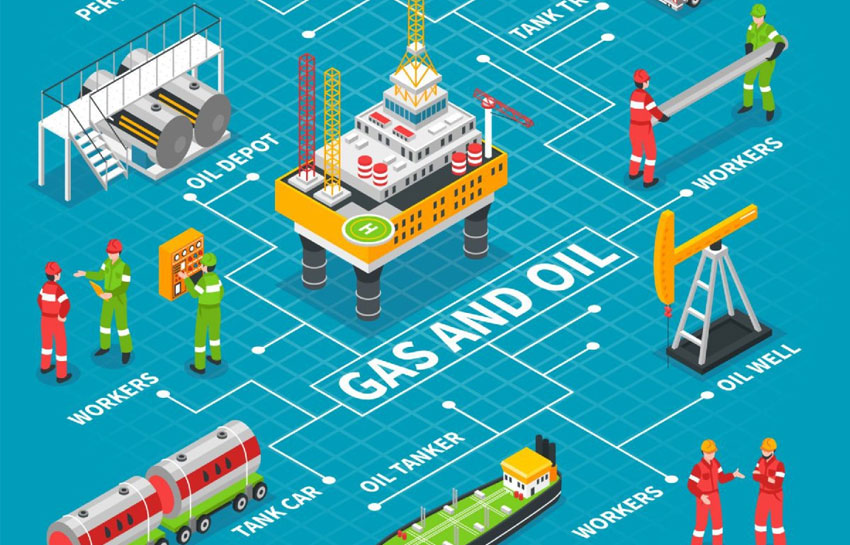
Gas & oil technology continues to evolve, driven by innovation and the need for more sustainable practices. As we move towards a future with a greater emphasis on renewable energy, the industry faces both challenges and opportunities. By understanding the complexities of this sector, we can navigate the path towards a more sustainable energy future.
While gas & oil technology continues to evolve, the need for reliable energy storage solutions remains critical. This is where advancements in battery watering technologies come into play, ensuring optimal performance and longevity for these crucial energy sources. As the world shifts towards cleaner energy options, gas & oil technology will undoubtedly play a role in this transition, and battery technology will be essential in ensuring a smooth and efficient process.
